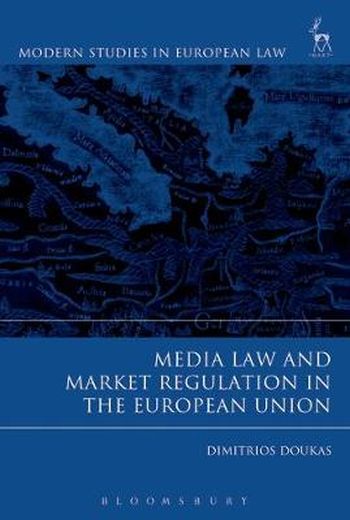
This book provides an in-depth analysis of the scope and the limits of the EU regulation of the audiovisual media market, including broadcasting or other audiovisual services, but also image, sound and data storage media, and commercial communication. This monograph is timely given the growing body of case law of the European Court of Justice in the field, and the recent review of the "Television without Frontiers" Directive in order to modernise the legal framework for audiovisual media services. It represents a major original contribution to the scholarship in this area as it critically assesses the interplay between the EU legislature and judiciary, and the impact of EU law on the Member States' competence in the media sector, which has traditionally formed part of their national autonomy in matters of cultural policy.
The analysis is based on both positive harmonisation of the media market by the EU legislature, and negative harmonisation, whereby the Court of Justice strikes down national measures or reviews secondary legislation in the light of the Treaty. The book explores the protection and regulation of the audiovisual media in the EU through three interrelated perspectives: the EU competence in the field; the free movement provisions on goods and services, and their interaction with other fundamental freedoms, such as establishment or capital; and the impact of EU competition law on the domestic media markets.